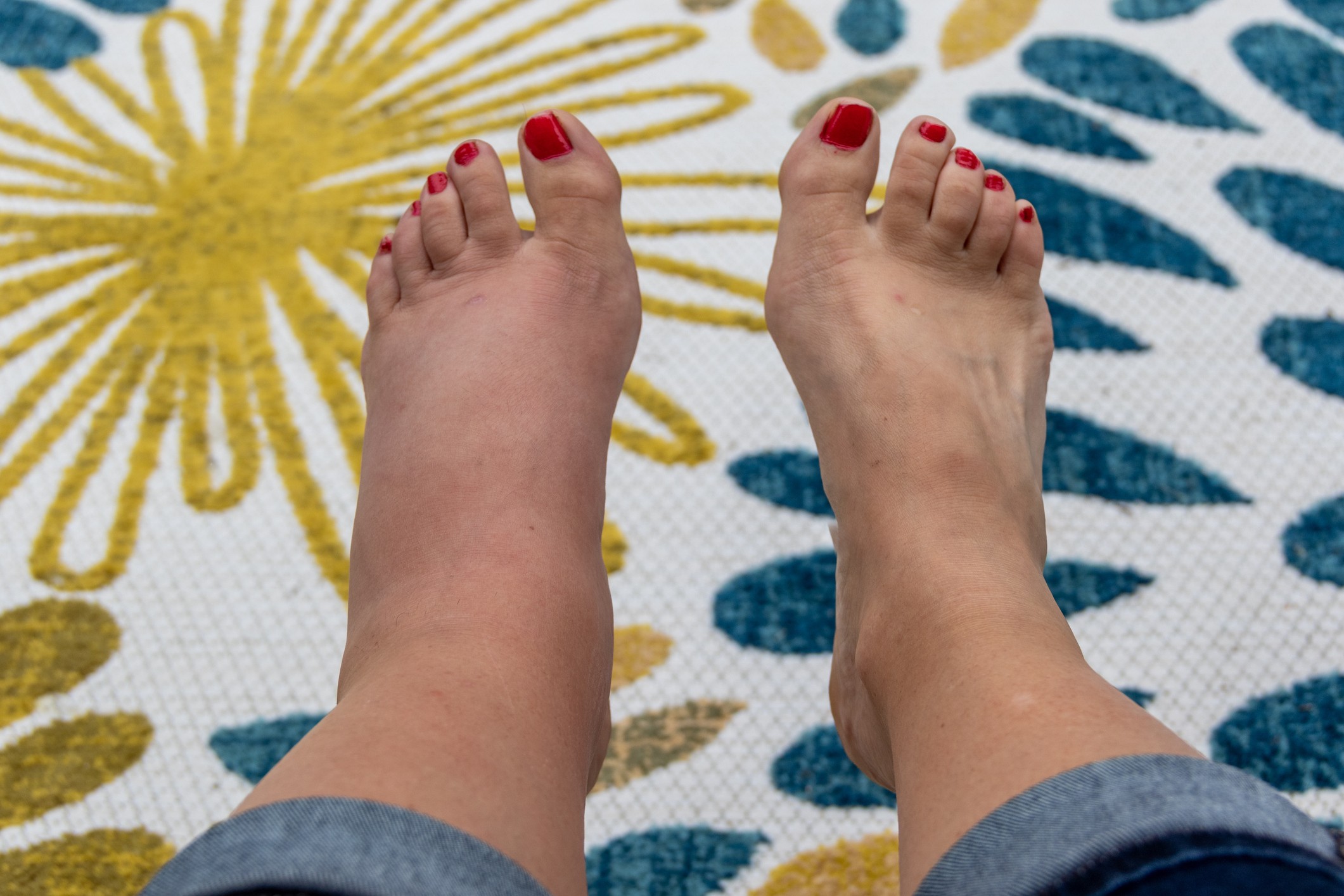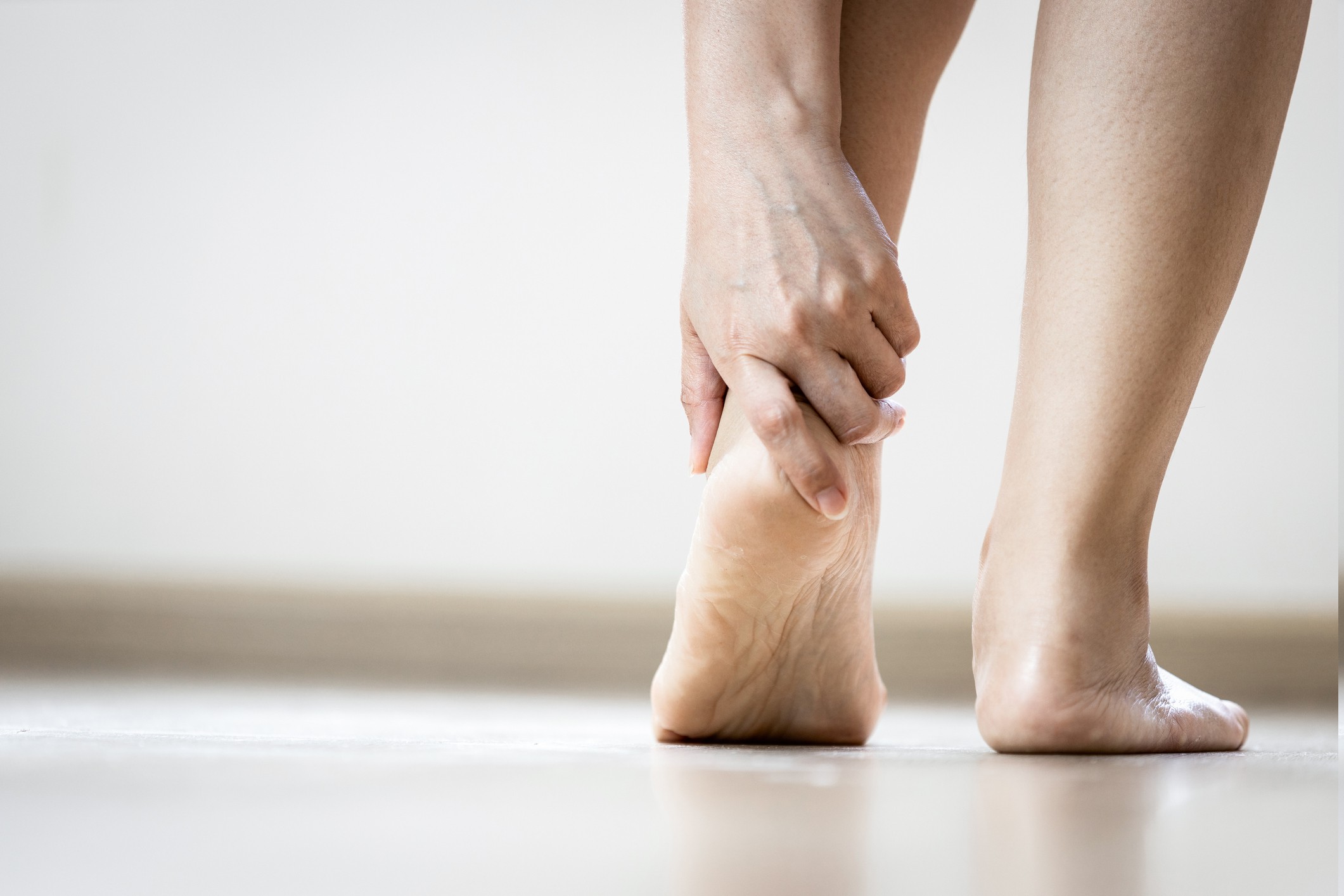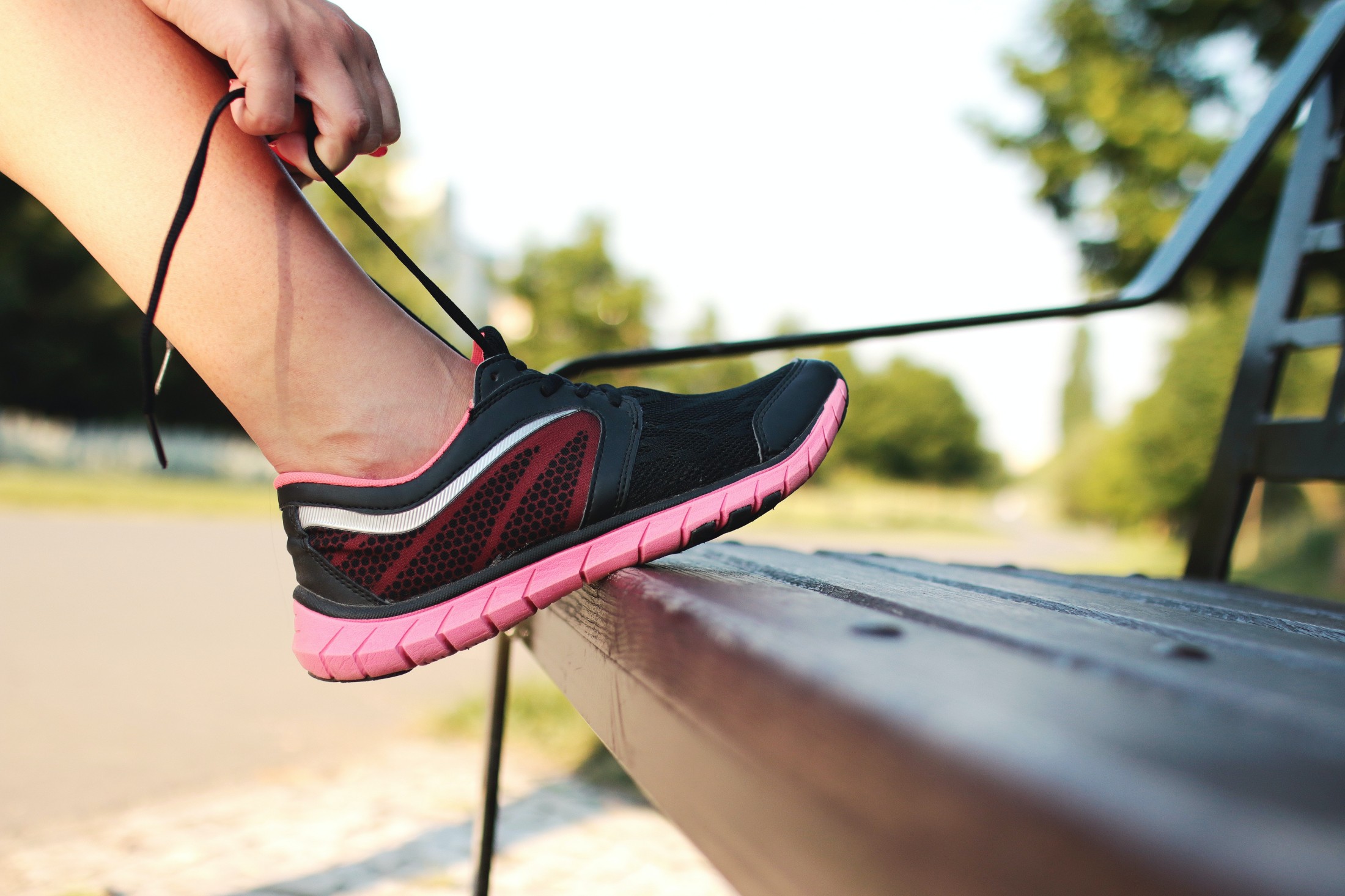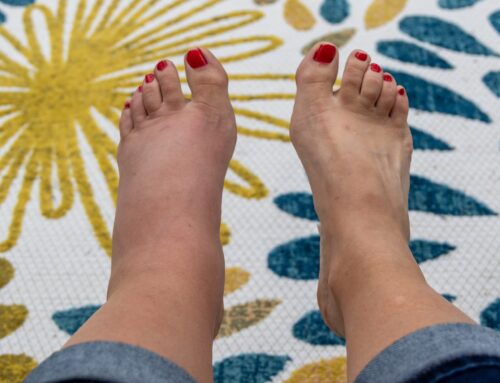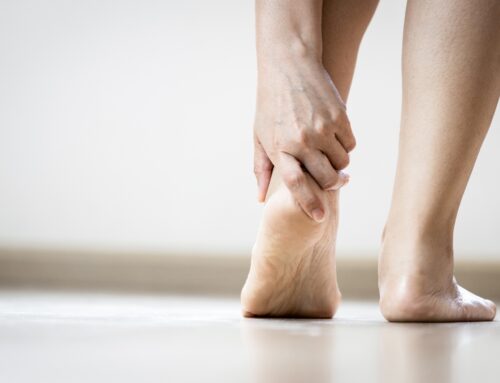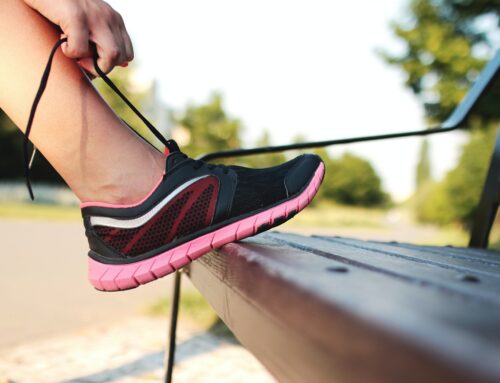Lymphedema is a disease caused by the breakdown of or damage to the lymph node and it causes swelling in the arms and legs. In general, the cause of the problem arises from a cancer treatment that targets the lymph node. Additionally, your lymph node is part of your immune system and when there are problems with the lymph node, swelling is the direct result. Blockage causes lymph fluid to accumulate, leading to swelling. Lymphedema Compression Pump helps by promoting drainage.
Symptoms to watch for:
- Swelling: part of, or all of, your legs or arms – down to the toes and fingers.
- Limbs: feel heavy and tight.
- Motion: losing your range of motion.
- Chronic pain: aching and discomfort felt in the swollen areas.
- Inflammation: recurring infections.
- Changes in your skin: The skin in the affected areas hardens and becomes thicker. We call this condition fibrosis.
The problem swelling ranges from slight changes that are hardly noticeable to a bloated look that makes your limbs difficult to use.
Causes of Lymphedema
- Radiation treatment for cancer will cause scarring and inflammation lymph nodes or lymph vessels.
- Cancer, if the cancer cells have blocked the lymphatic vessels, lymphedema will be the result.
- An infection of the lymph nodes or parasites will restrict the flow of lymph fluid.
- Primary causes of lymphedema are genetic and the problems take the form of Milroy’s Disease. The disease starts in infancy and it leads to abnormal formation of lymph nodes.
- Meige’s Disease comes to a person during puberty or during pregnancy and it is can be with a person until age 35.
Treatments for Lymphedema
When treating lymphedema, various approaches are considered. These include surgery, bandages, massage, compression garments, diet, hydration, exercise, and skin brushing. Ultimately, the Pneumatic Compression Pump is widely regarded as the most effective therapy for reducing swelling associated with lymphedema.
Lymphedema Compression Pump
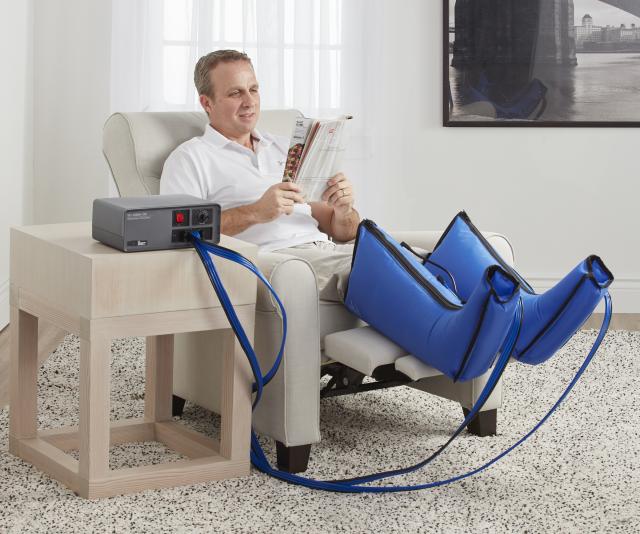
Depending on the area of the body that needs help, the patient may be in a sitting position for the arm or sitting or lying down for the upper torso treatment. For the chest or the body’s trunk, the patient can be lying down depending on the pump. The treatment – the pump pumping away the toxins in the affected area can take up to 60 minutes to complete. Using an Extremities Compression Pump means fewer trips to the hospital because you can have an at-home therapy regimen as recommended by a certified lymphedema therapist.
Your therapist will provide guidance on the best practices for using the pump, including the settings, pressure, and pumping action necessary to treat your condition. Treatment frequency is a key element for the use of the pneumatic pump. Additionally, remember that more pressure doesn’t yield better results. In general, the lighter the pressure the better the pump works moving fluids from swollen areas.
Edema Compression Pump
The best thing about Edema Compression Pump is the improvement it provides to blood circulation. When we increase the supply of oxygen to the leg/legs that are experiencing trouble, it will improve sleep, improve a person’s ability to walk and reduce the pain associated with RLS. The gentle massaging this system uses to provide relief is extremely soothing and many patients are more than satisfied with the treatment and results. The affected areas return the fluid that has built up back to the body and eliminate it through the body’s chemical network.
The Bio Compression Pump, known for its lightweight, quiet, and comfortable design, is a high-quality machine suitable for home therapy. The ease of use of this gem makes it a comfortable experience for the user. It also records a high compliance rate of use. Patients can gradually increase the pressure as they develop tolerance to the treatments, thereby enhancing effectiveness. The gradient pump systems are far and away the most economical way to treat lymphedema and venous insufficiency.
Types of Compression Pumps:
- A single-chamber, nonprogrammable pump, is the simplest of Lymphedema Compression Pump. In addition, it is the easiest to use. The pump comes with a single chamber that inflates with air to provide uniform pressure on the afflicted area.
- The multi-chamber, non-programmable pump contains chambers – like balloons – that range from two to12 or more inflatable chambers. The chambers fill with air sequentially and apply pressure at each compartment. The pressure can be adjusted on a sliding scale based on individual needs, but there is no option to manually adjust the pressure in the individual compartments.
- Single or multi-chamber programmable pneumatic pumps allow adjustments to individual chambers for customized treatment. You can adjust the pressure for each chamber, the length of time that the pump runs, and the inflation cycles.
Benefits of Compression Therapy
- Ease of use.
- A Compression Pump is a simple device that slips on over an arm or a leg, or by donning a vest for the trunk or torso treatments. Once you have your settings applied in conjunction with your therapist, you sit or lie down and let the pump do its work.
- Non-surgical treatment.
- The pump, unlike other remedies, doesn’t require an operation. External treatments limit the possibility of infection and there is no healing time when using a pump for lymphedema problems.
- Clinically proven.
- The Compression Pump has met all the standards necessary to be a viable treatment for people who suffer from Lymphedema. Numerous trials and studies confirm the Compression Pump’s effectiveness and usefulness for users.
- Relaxing for the patient.
- The treatment creates no external or internal pain that some treatments like operations might. The patient – if at home – can set the compression pump for the prescribed amount of time and pressure and read a book or just relax and let the pump do its work.
- No side effects.
- When you engage in drug therapy or an operation to solve a health problem, there are side effects that come with the treatments. When using a ADP Compression Pump, you have no worries about drug side effects or problems like infections from an operation.
- Medical coverage.
- If you require assistance in purchasing a Sequential Compression Pump, you can combine ODSP and ADP as a source of financing. Many insurance plans will cover a Compression Pump too.
Care-Med Can Help
When the need arises, due to the condition we known as lymphedema know that Alla and her team at Care-Med are ready to assist you in improving the quality of your life. Care-Med has been serving the needs of the Greater Toronto Area for many years. From custom orthotics to inserts, or shoes that help people enjoy a higher quality of life living a pain-free existence, we have it all.
We at Care-Med honor all major insurance plans and we cater to patients who use ODSP and ADP for their healthcare needs. To make an appointment at or office, please call 416.782.5353. If you would like to submit a written inquiry, please email our location at info@caremed.ca for more information.
Share This Story, Choose Your Platform!
We specialize in orthotics, body braces, and compression wear tailored to your unique needs in Toronto. Reach out to us at info@caremed.care or call 416-782-5353 to book your fitting and consultation.
Experience the difference of customized solutions designed just for you.


